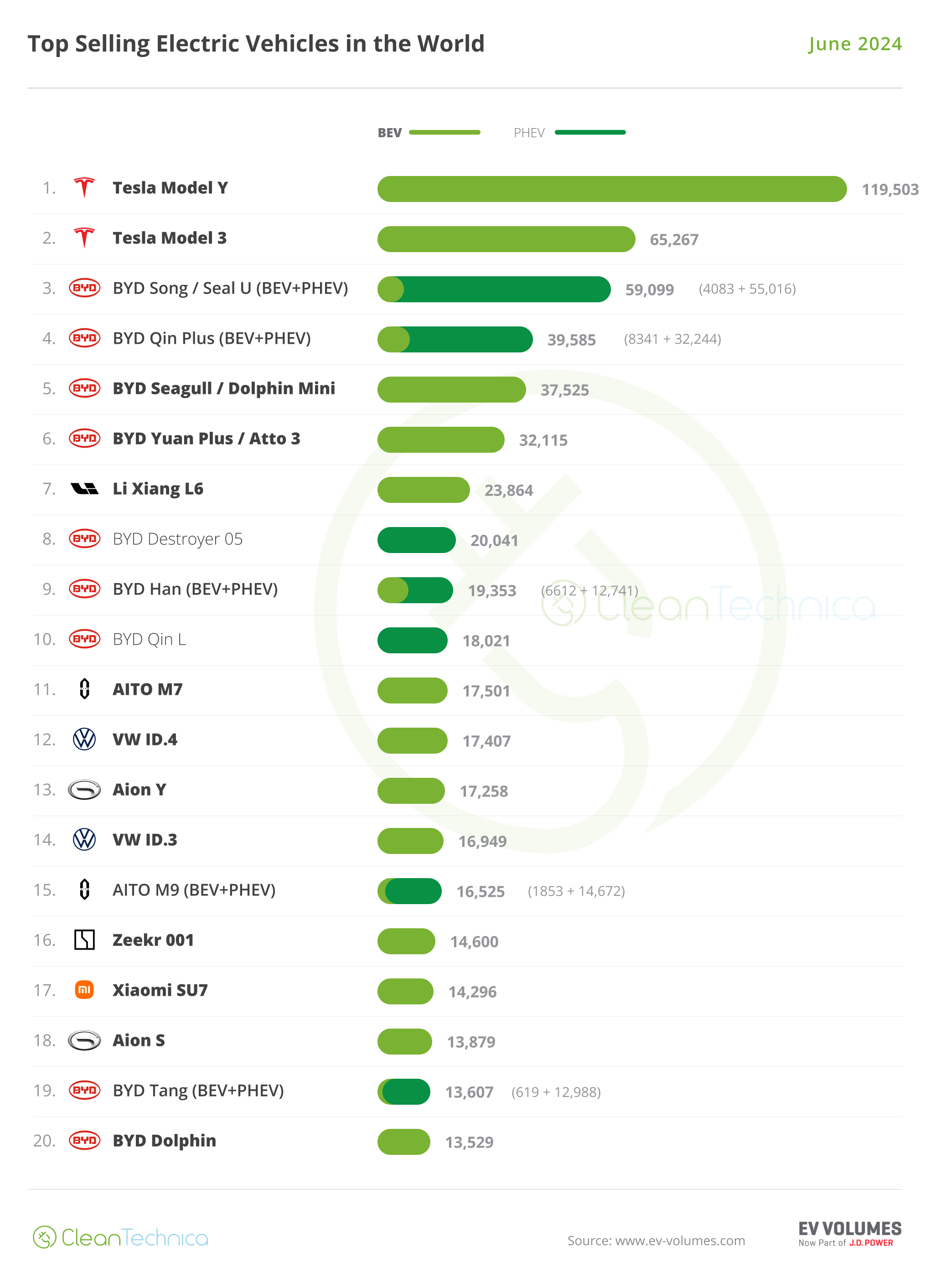Sign up for daily news updates from CleanTechnica on email. Or follow us on Google News!
The U.S. Department of Energy’s (DOE’s) 2024 Integrated Lighting Campaign (ILC) recognized 16 organizations for exemplary commitment to energy efficiency and environmental responsibility in their buildings and outdoor spaces and 2 organizations for exhibiting exemplary support for this work. Partners were recognized on Aug. 16 at the Illuminating Engineering Society (IES) annual conference for projects that showcase how lighting system upgrades can lead to significant energy savings and create more comfortable, productive, and environmentally responsible spaces.
Now in its fourth year, the ILC is part of DOE’s Better Buildings Initiative. The campaign is designed to demonstrate that integrated lighting systems enable deeper energy savings in buildings and create an enhanced user and occupant experience. The 2024 campaign features 10 areas of recognition, including integrated controls for plug loads and lighting systems; integrated controls for heating, ventilation, and air conditioning (HVAC) and lighting systems; integrated lighting and horticultural controls; and energy justice, diversity, equity, inclusion, and accessibility in advanced lighting.
“High-quality, efficient lighting is a cornerstone of DOE’s buildings decarbonization Blueprint and efforts to reduce energy use, lower utility bills, and create healthier communities now and for the next generation,” said Hayes Jones, Acting Director of DOE’s Building Technologies Office. “These projects and partners are proof positive that our nation is well on its way not only to meet its ambitious decarbonization goals but also to ensure the benefits of these technologies directly reach and impact every American community.”
Recognized Participants
8600 Glenoaks in Los Angeles, California
Recognition category: Advanced Use of Sensors and Controls for Lighting
This multifamily building implemented a circuit-level lighting control system that manages 256 lighting fixtures in the common areas of the building, accounting for nearly 44% of the total building area. These fixtures include 210 located within interior common areas, which account for 24% of the total building area, as well as 46 along exterior walkways, which account for nearly 20% of the total building area. The project was able to reduce energy consumption by over 50%.
Ascension Genesys Health Club in Grand Blanc Township, Michigan
Recognition categories: Advanced Use of Sensors and Controls for Lighting; Innovative Maintenance, Operation, and Financing Service Models
The health club replaced high-intensity discharge fixtures in its facility with light-emitting diode (LED) luminaires and controls. The new technology includes 20 occupancy sensors; 7 light-level sensors for daylight harvesting; 2 battery-less, kinetic energy-powered switches for scheduling; and remote access. Each fixture was fitted with a wireless mesh control device that allows for individual addressability, commissioning, and further luminaire level lighting control (LLLC) capabilities. The project has achieved an estimated annual energy savings of 1.3 million kilowatt hours (kWh), resulting in cost savings of over $130,000 per year.
Avenues World School – New York Campus in New York City
Recognition category: Germicidal Ultraviolet (GUV) Systems for Energy Savings and Improved Indoor Air Quality
The school installed a mix of upper-room and whole-room GUV luminaires across its campus as an energy-efficient method to reduce the spread of COVID-19 and other airborne infectious diseases. Studies have found that these GUV technologies combined with building ventilation can deactivate pathogens in the air using 70-80% less energy than diluting the air through ventilation-only approaches. The school installed GUV luminaires in the cafeteria, common areas, classrooms, and theater. An independent evaluation of one of the classrooms and the school cafeteria found the GUV installations delivering at least five equivalent air changes per hour to reduce the spread of COVID-19 with low-energy use.
Fluke Corporate Headquarters in Everett, Washington
Recognition category: Advanced Use of Sensors and Controls for Lighting
Fluke upgraded its fluorescent lighting to LEDs and controls, split between two phases. Phase 1 (2022) was an upgrade of parking lot lighting that accounted for 60–65% of existing fixtures. Phase 2 (2023) included upgrading the remaining fixtures to LED, as well as incorporating LLLCs in all 2,030 fixtures. In total, 1,910 fluorescent luminaires, 88 exterior can lights, and 32 parking lot lights were upgraded.
Georgian Acres Community HUB for Smart Mobility in Austin, Texas
Recognition categories: Advanced Use of Sensors and Controls for Lighting; Energy Justice, Diversity, Equity, and Inclusion in Advanced Lighting
The architecture department at the University of Texas at Austin partnered with the city and a company focused on manufacturing and installation of solar-powered mobility hubs and LED lighting to install both a bus stop and bench that include solar photovoltaic panels, wireless internet access, LED lighting, and charging capability for devices and electronic scooters and bikes. The objective of the project was to provide a solution that was exclusively solar-powered and supported by lithium-ion battery banks, so that the hub draws no power from the grid. This installation annually saves the city 128,000 kilowatts (kW) and reduces greenhouse gas (GHG) emissions by 90 tons.
Indian Community School in Franklin, Wisconsin
Recognition categories: Advanced Use of Sensors and Controls for Lighting; Integrated Controls for HVAC and Lighting Systems; Energy Justice, Diversity, Equity, and Inclusion in Advanced Lighting
The school upgraded its lighting to tunable-white LED fixtures with digital addressable lighting interface (DALI) controls, including dimming, daylight harvesting, and occupancy sensing. Classroom fixtures are individually addressable and can be adjusted via wall unit or mobile app. DALI implementation allows for integration with the school’s building automation system, allowing occupancy sensors in each classroom to also provide data to the HVAC system via BACnet/IP, a data communication protocol mainly used in the building automation and HVAC industry. DALI implementation also allows for detecting and diagnosing faults, such as errors with the luminaire, driver, keypad, DALI processor, or sensors.
Lineage Logistics in Lansing, Michigan
Recognition category: Advanced Use of Sensors and Controls for Lighting
Lineage, a cold storage company, upgraded the lighting across much of its portfolio—254 of 290 sites—to LEDs with controls and remote programmability. Each site can adjust sensors and time via a provided tablet. Because the sites are cold storage facilities, upgrading to LEDs also saved cooling energy, as LEDs convert more energy into light and less into waste heat.
Memphis’s LED Streetlighting, Controls, and Networking Project in Tennessee
Recognition category: Sustainability in Lighting
Memphis was recognized for implementing a city-wide conversion of over 77,000 existing streetlights to new LED fixtures with networked lighting controls. The controls and monitoring are also compatible with city systems to provide public internet access and allow sensors to gather traffic data, air quality reports, and video surveillance via Internet of Things sensors. The project cost $47 million and is expected to result in annual energy savings of more than 37 million kWh, GHG emission reductions of more than 26,000 metric tons, and energy cost savings of 55%.
The New York Public Library Stephen A. Schwarzman Building in New York City
Recognition category: Advanced Use of Sensors and Controls for Lighting
The library replaced single lamp fluorescent fixtures with linear LEDs and integrated controls across seven stories of bookstacks underneath the building’s main reading room. The stacks are only accessed by library staff and therefore are particularly well suited for occupancy controls. The project achieved an estimated annual energy consumption reduction of 1.1 million kWh, resulting in $145,000 in annual energy cost savings and 800 metric tons of reduced carbon dioxide emissions. The project also helps the library meet state climate and energy requirements.
Phoenix Convention Center and Venues in Arizona
Recognition category: Advanced Use of Sensors and Controls for Lighting
The convention center converted existing metal halide and compact fluorescent lighting to LED technology in its exhibit halls, ballrooms, meeting rooms, and public spaces. The retrofit halved the number of lighting fixtures needed in the building and provided over 3.5 million kWh in energy savings and 24,000 kW in demand reduction. This project also boasts interactive savings from reduced cooling load and over $500,000 per year in cost savings, which includes operational cost savings.
Reidsville Family YMCA in Reidsville, North Carolina
Recognition categories: Advanced Lighting Solutions for Small Projects or Buildings; Innovative Maintenance, Operation, and Financing Service Models; Energy Justice, Diversity, Equity, and Inclusion in Advanced Lighting
The community center installed 190 interior LED panels, 160 exterior LED tubes, and 23 motion-sensor light switches. The community center incurred no capital costs from the installations. Rather, procurement, installation, operation, and maintenance were all outsourced to a company that specializes in energy-as-a-service (EaaS), a pay-for-performance, off-balance sheet financing solution that allows customers to implement energy and water efficiency projects with no upfront capital expenditure, as part of a 10-year agreement.
Remy Cointreau USA Headquarters in New York City
Recognition categories: Advanced Lighting Solutions for Small Projects or Buildings; Other Integrated Systems
This beverage manufacturer’s headquarters and offices installed LED lighting with low-voltage DC wiring that connected drivers, lighting sensors, and integrated indoor air quality (IAQ) sensors. Drivers allow for energy monitoring and data collection on light levels, temperature, and motion. The facility’s manager can run multiple reports on lighting, IAQ, temperature, and more using a web-based dashboard. This tenant fit-out of the space uses approximately one quarter of the energy of a fluorescent system, thanks to the LED system’s advanced control capabilities such as occupancy sensing, daylighting, high-end trim, and scheduling.
Salt Lake City School District in Utah
Recognition categories: Advanced Use of Sensors and Controls for Lighting; Energy Justice, Diversity, Equity, Inclusion, and Accessibility in Advanced Lighting
The K–12 school district upgraded to LED lighting and wireless controls in 34 schools and 3 district buildings. The upgrade includes occupancy sensors, daylight harvesting, scheduling, and high-end trim, as well as multiple lighting scenes available in all classrooms. The school district is on target to reduce annual utility costs by 24% and carbon emissions by 23% from the project.
Shiseido America in East Windsor, New Jersey
Recognition category: Advanced Use of Sensors and Controls for Lighting
Shiseido retrofitted its warehouse and office lighting to LED and controls. The warehouse portion of the retrofit involved 240 luminaires—including high-bay, aisle, and explosion-proof fixture types—controlled by occupancy sensors that dim to 30% when the building is vacant. Energy saved from the lighting upgrades is estimated at 230,000 kWh annually. In addition, the project received utility incentives of $30,000.
Utica University in Utica, New York
Recognition category: Germicidal Ultraviolet Systems for Energy Savings and Improved Indoor Air Quality
The university installed upper-room GUV technologies in key areas of the campus to reduce the spread of COVID-19 and other respiratory viruses. This technology was installed in 56 classrooms, weight rooms, locker rooms, and the campus health center waiting room and exam rooms. Independent evaluation of one of the classrooms and the health center found the GUV installations to be to delivering more than five equivalent air changes per hour to reduce the spread of COVID-19 with low energy use. The university had also evaluated the installation of HEPA filters in the HVAC system to reduce disease spread but found the GUV system to be much more cost-effective at 25% of the installation cost of the HEPA upgrade.
Washington State School for the Blind in Vancouver, Washington
Recognition category: Advanced Use of Sensors and Controls for Lighting
The school, which specifically serves visually impaired students, upgraded its lighting to white-tunable LEDs and ceiling-mounted sensors that allow for dimming and scheduled operation. The school installed white-tunable luminaires to explore the potential impact of tunable lighting on student circadian responses. The upgrades resulted in total annual energy savings of 68,000 kWh/year (74% reduction) and 34 kW/month (70% reduction).
Recognized Supporters
Center for Energy and Environment (CEE) is recognized in the categories of Exemplary Supporter and Energy Justice, Diversity, Equity, and Inclusion Champion. CEE is a full-service utility program specifically designed to encourage and enable small businesses in its service territory to implement lighting and HVAC efficiency upgrades. More than half of its participants have a monthly demand of less than 50 kW, and three quarters have a demand under 100 kW. Since CEE’s inception in 2000, program participants that have upgraded their lighting have saved a cumulative 228 megawatts, 917 gigawatt hours, and 715,100 tons of carbon dioxide—and $82 million annually. The program has long prioritized serving businesses that have historically been the least likely to participate in energy efficiency programs. Program staff serve these businesses by scheduling assessments and promoting implementation in individual businesses, partnering with local organizations to promote the program, and working with local vendors to educate them about the utility program so they consider opportunities for energy efficiency when working with their customers.
Lighting Controls Association (LCA) is recognized in the category of Exemplary Supporter. Since 2001, this organization has educated the public about the benefits, technologies, and applications of advanced lighting controls and is an enthusiastic promotional partner for DOE’s Integrated Lighting Campaign. The organization engages in several notable industry activities, including contributing articles in leading publications like LEDs and LD+A magazines, publishing original features and news on its website, sponsoring the Lighting Control Innovation Award at the IES Illumination Awards, and collaborating with organizations like the Illuminating Engineering Society, with which LCA codeveloped several lighting controls publications. The mainstay of the organization is a free, online, 24/7 education program providing comprehensive information about lighting control technology and application. All courses are registered with the American Institute of Architects, recognized by the DesignLights Consortium and the State of California, and contribute to California Advanced Lighting Controls Training Program certification and Certified Lighting Controls Professional™ certification through the interNational Association of Lighting Maintenance Companies (NALMCO).
The ILC is a collaboration among the DesignLights Consortium, IES, interNational Association of Lighting Management Companies (NALMCO), Lighting Controls Association, U.S. General Services Administration, and DOE. For more information, visit the Integrated Lighting Campaign website or the Better Buildings Solution Center
Courtesy of U.S. Department of Energy
Have a tip for CleanTechnica? Want to advertise? Want to suggest a guest for our CleanTech Talk podcast? Contact us here.
Latest CleanTechnica.TV Videos
CleanTechnica uses affiliate links. See our policy here.
CleanTechnica’s Comment Policy





